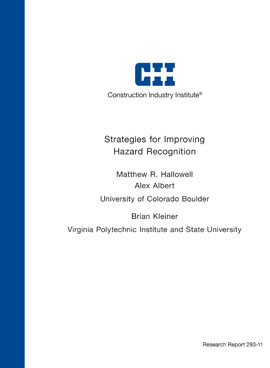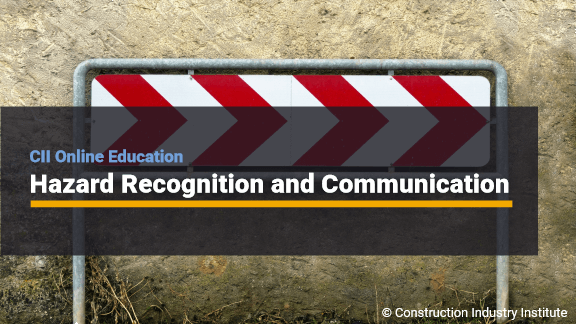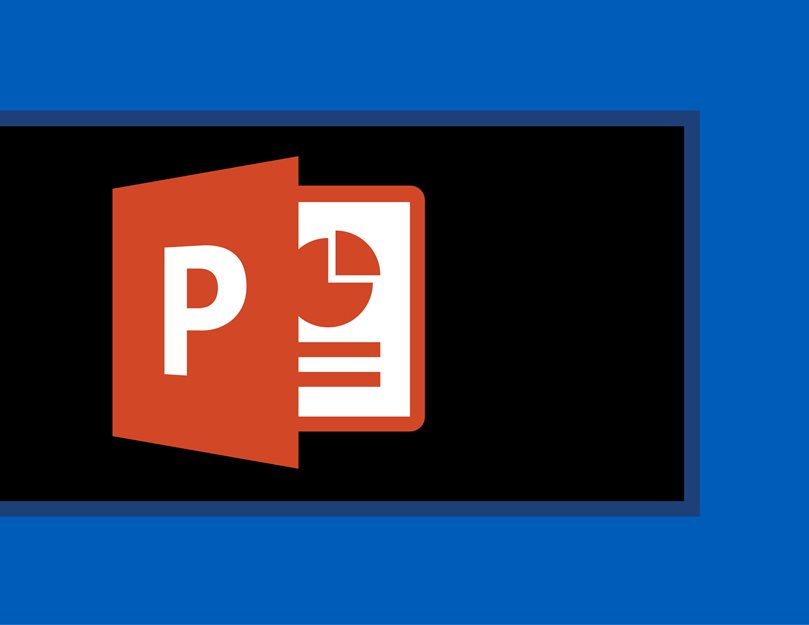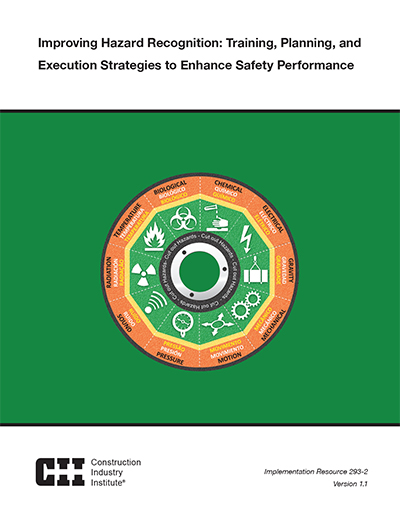
Strategies for Improving Hazard Recognition
Construction Safety management involves recognizing and managing safety hazards in the work environment. Hazards that remain unidentified can potentially expose workers to unanticipated risk that can result in catastrophic injuries and illnesses. To improve hazard recognition, the industry has practiced record-keeping and post-accident analysis to identify hazard patterns that are then incorporate as lessons learned in training programs. Other prevalent methods include Checklists, Safety Audits, and Job Hazard Analysis (JHA). Despite the adoption and benefits of these traditional hazard recognition methods, recent research indicates that workers are unable to predict, identify, and respond to significant hazards in dynamic and rapidly changing environments (Carter and Smith 2006; Haslam et al. 2005). Construction Safety professionals believe that an improvement in hazard recognition can significantly reduce injury and accident rates. The goal of the RT293 research team, in response to this critical issue, was to develop transformative strategies and hands-on tools to equip construction workers to effectively improve hazard recognition and communication.
In the first phase, a comprehensive list of promising hazard recognition methods used in diverse industries including aerospace, military, manufacturing, mining, and construction were catalogued from industry reports and literature. Over 100 hazard recognition techniques were identified that were either new to construction or not used specifically as a hazard recognition improvement tool. The three with the greatest potential for step-change improvement were selected using the Nominal Group Technique, a research technique that capitalizes on the expertise of the research team. The three strategies include: (1) a system for augmented virtuality safety (SAVES)that immerses workers in a hyper-realistic augmented environment for training; (2) a pre-job safety meeting quality measurement (SMQM) maturity model that facilitates continuous improvement of the pre-job hazard identification and communication process; and (3) a visual cue-based hazard identification and transmission board (HIT board) that records hazards during task evaluation and real-time as the job progresses.
In the second phase, because these strategies were new to construction and were completely conceptual, the research team developed prototype versions of each tool for proper field implementation. After development, in the third phase, the impact of the strategies as interventions was empirically and experimentally field tested with active work crews diverse projects. The multiple-baseline testing (MBT) approach was used because of its ability to establish causal relationships between the strategies and hazard recognition performance.
The results of the field tests indicated that workers were able to identify less than half of hazards in their immediate work environment before work begins. In other words, more than half of the hazards were not adequately identified and discussed prior to work. Fortunately, the experimental field tests reveal that the SMQM model, SAVESsystem, and HIT Board caused a net weighted overall improvement in hazard recognition skill of 27%, 31%, and 30%, respectively. The findings imply that the adoption of the developed and tested strategies can drastically improve hazard recognition skill of the workforce, and potentially reduce injury and accident rates. The research report discusses the relevant background for this study, the development of the key strategies, the specific testing protocol, and the results. Relevant conclusions are drawn and recommended future research is presented.



